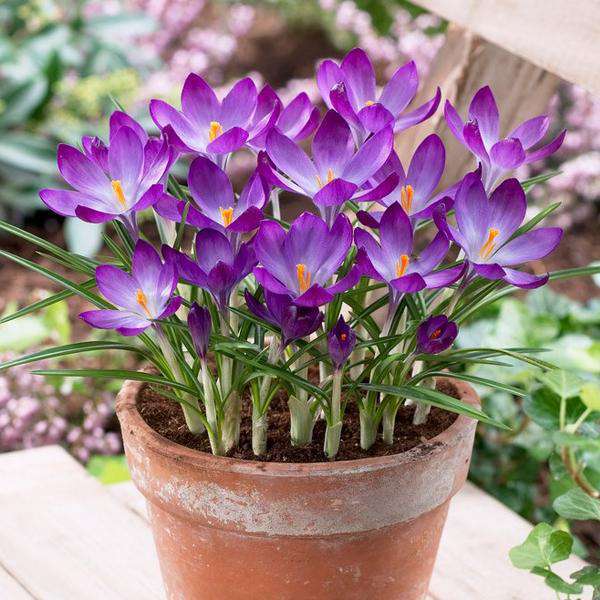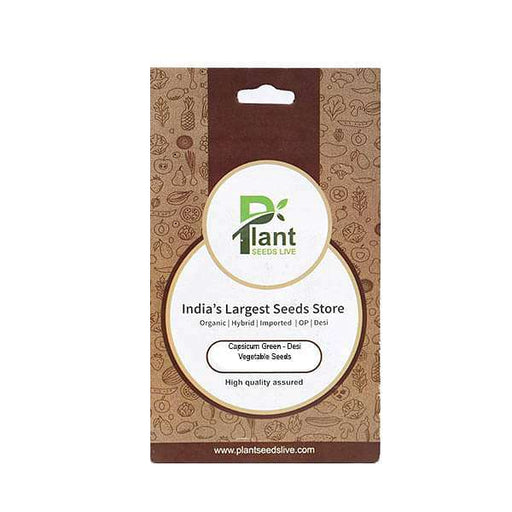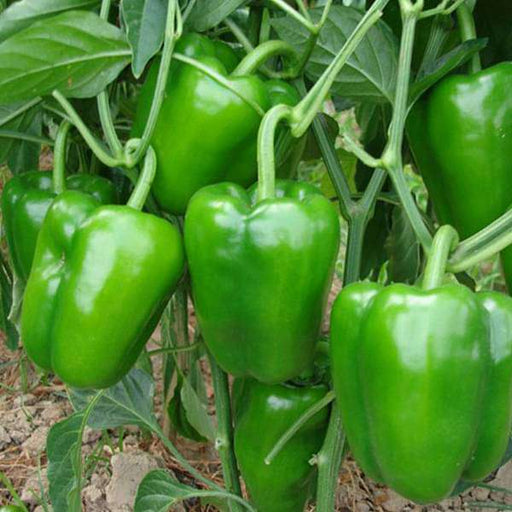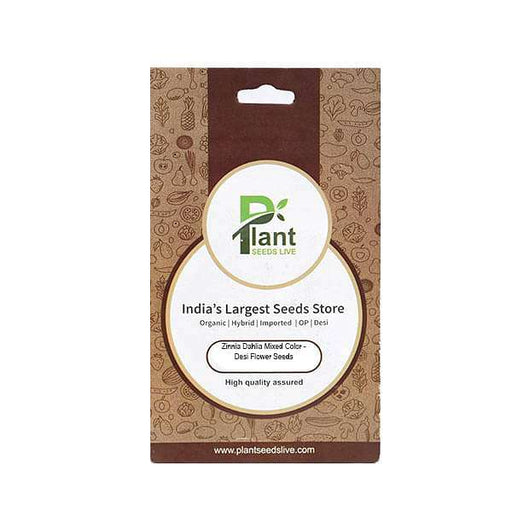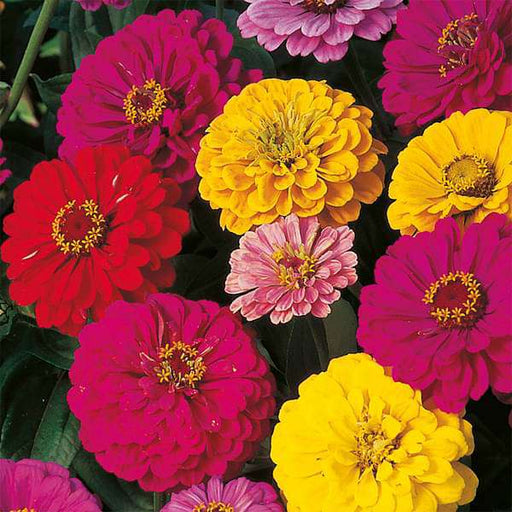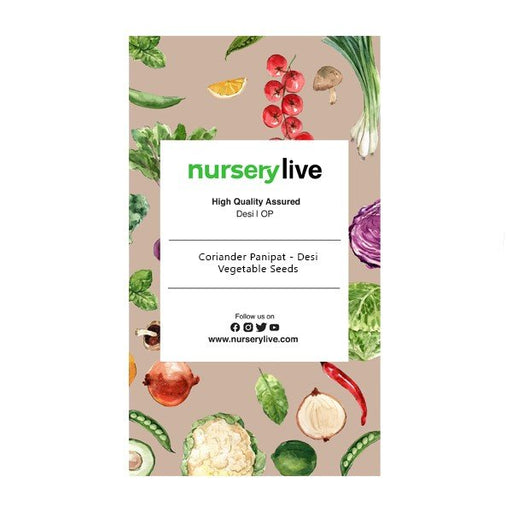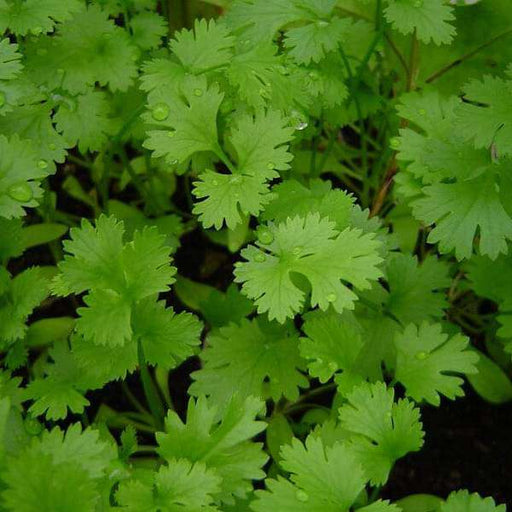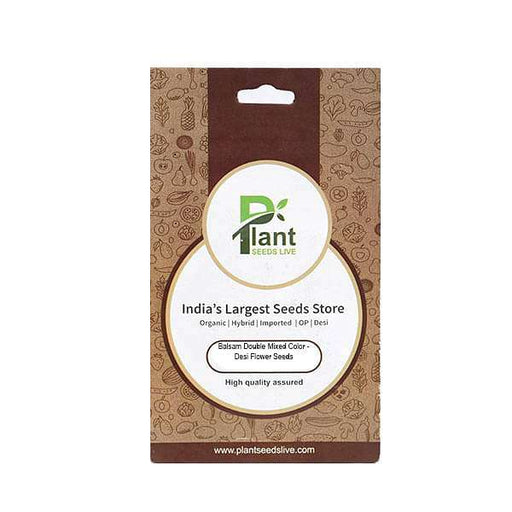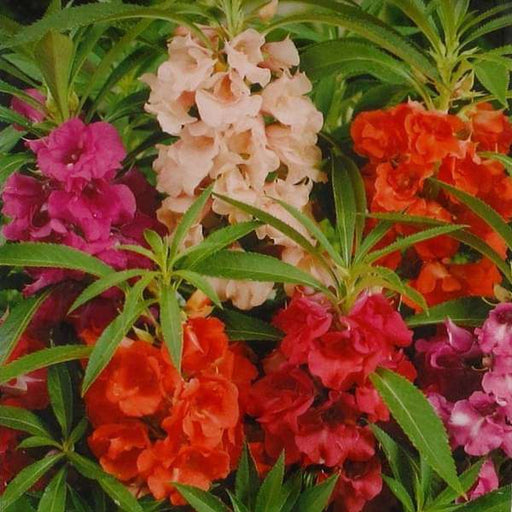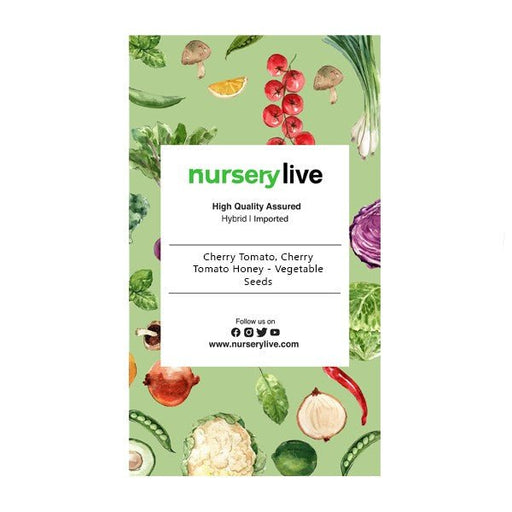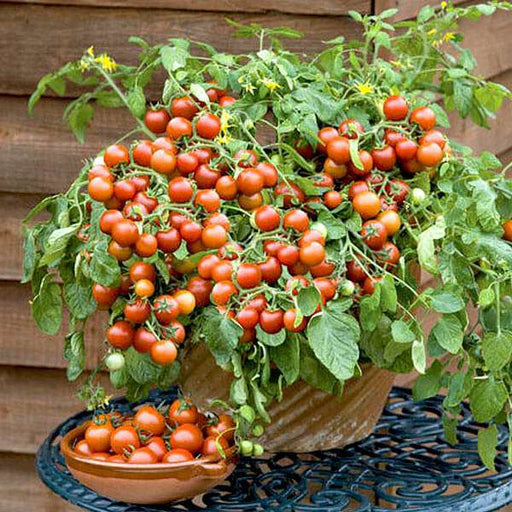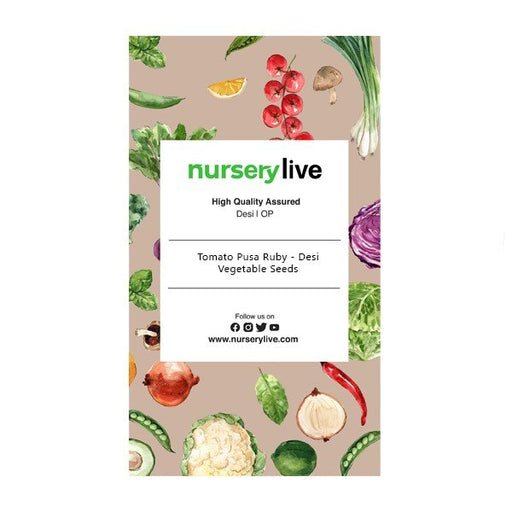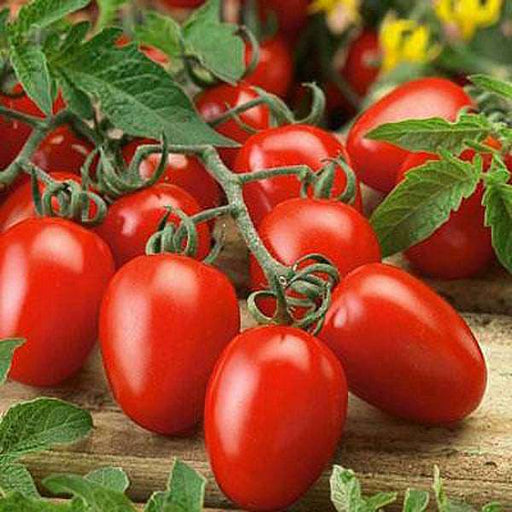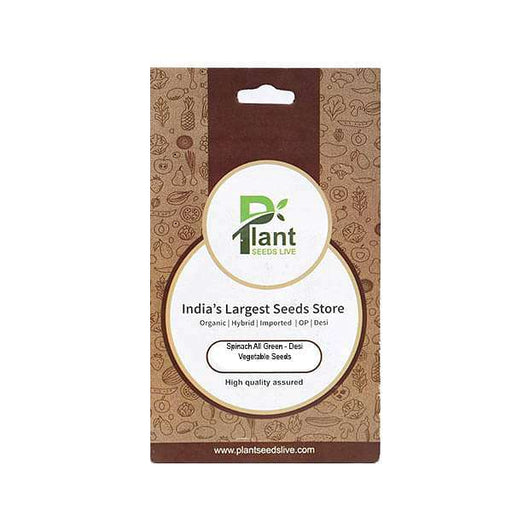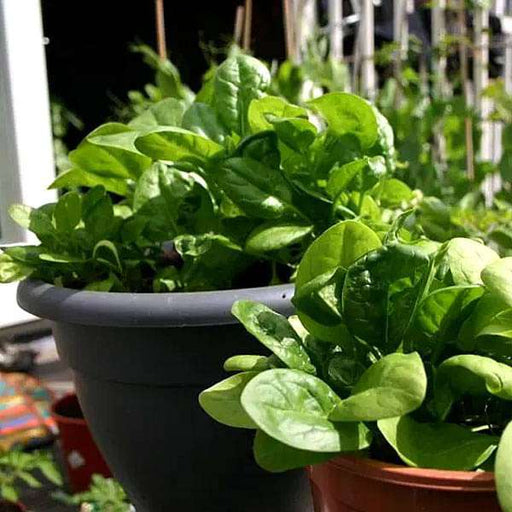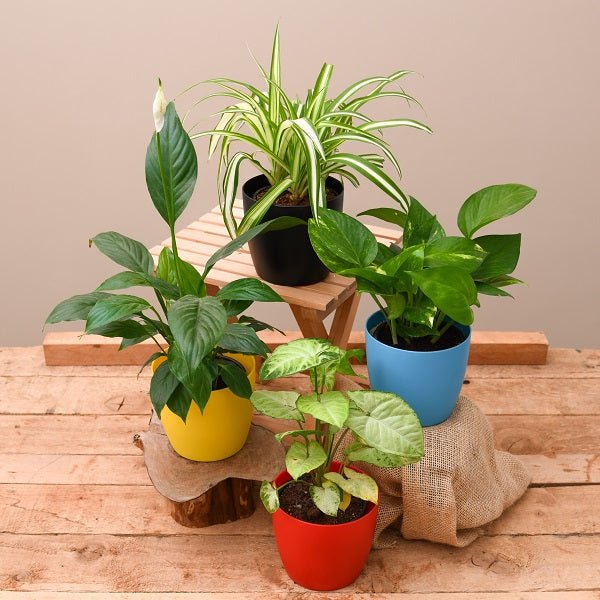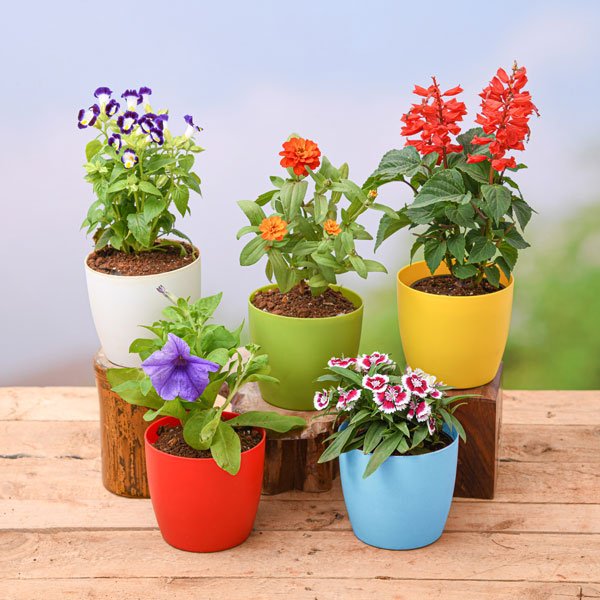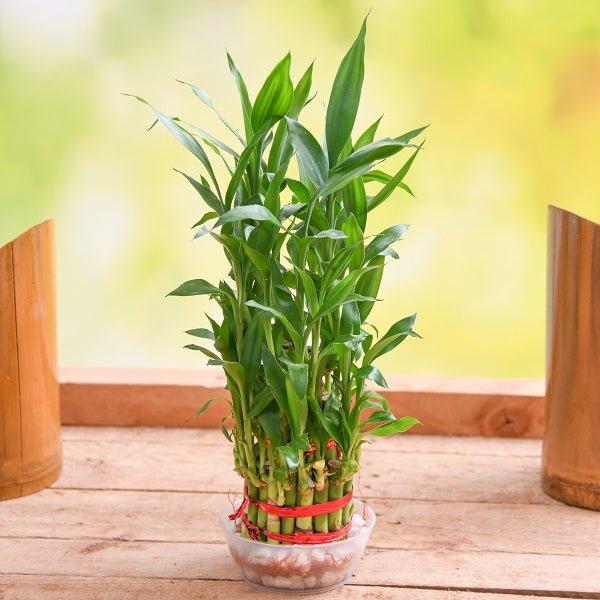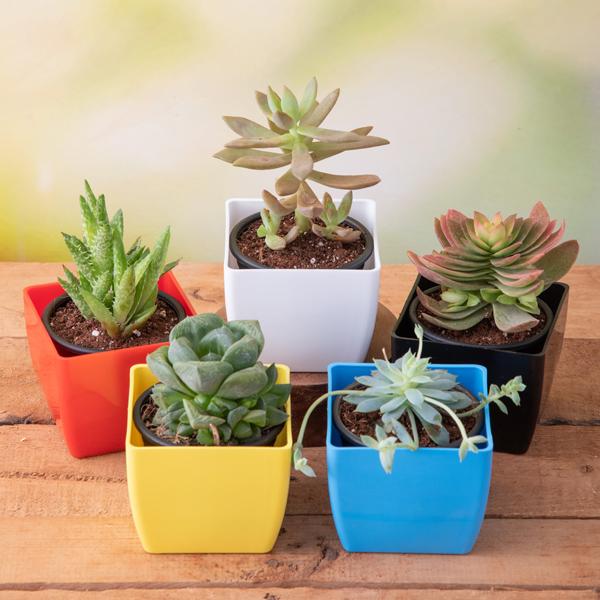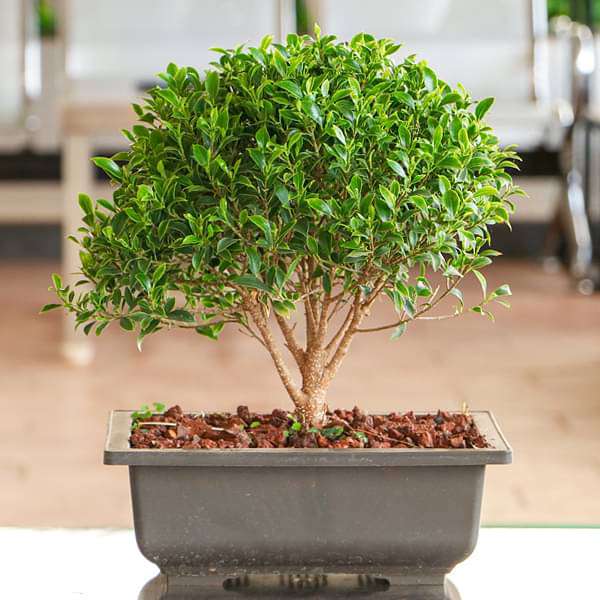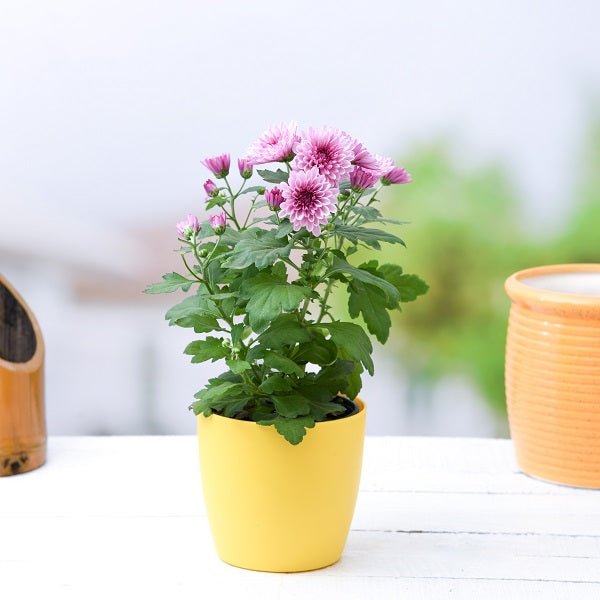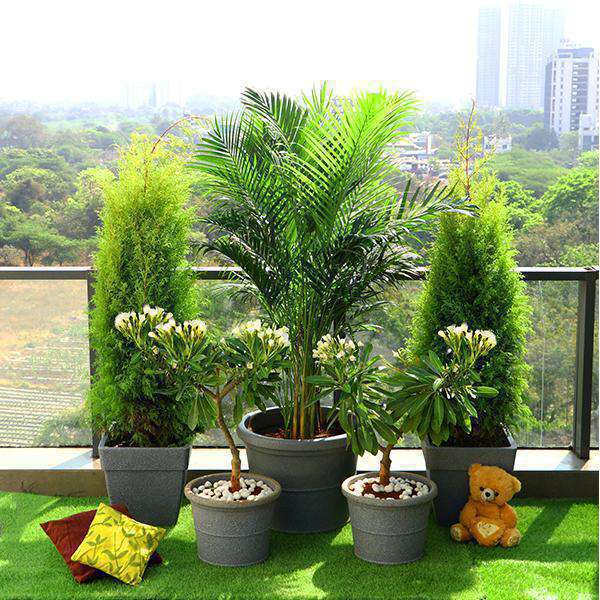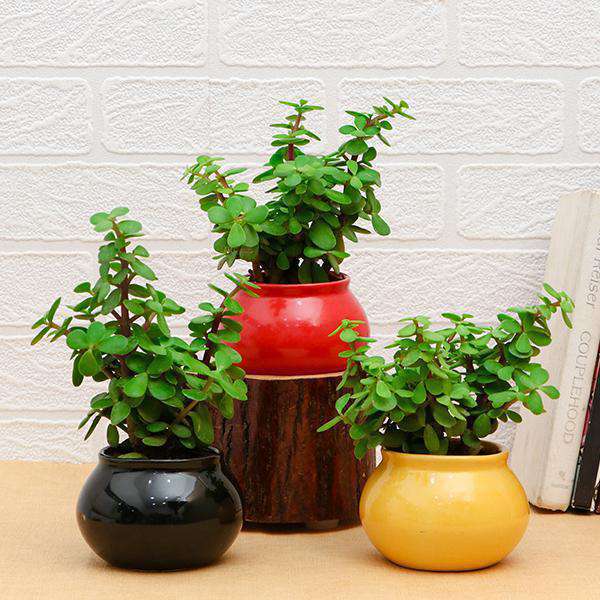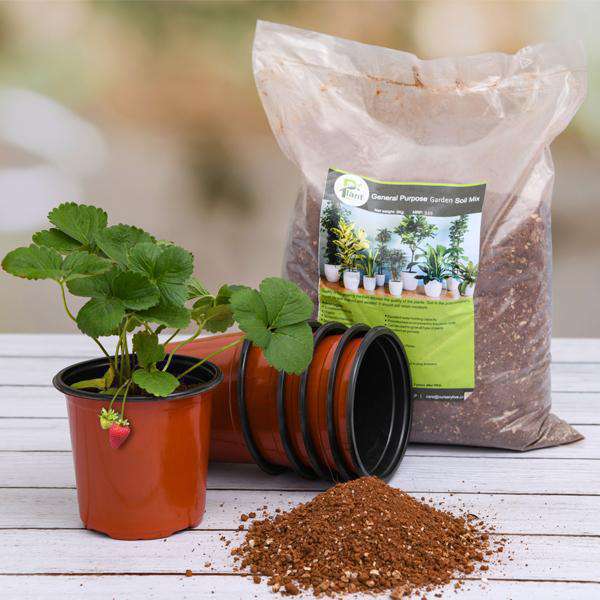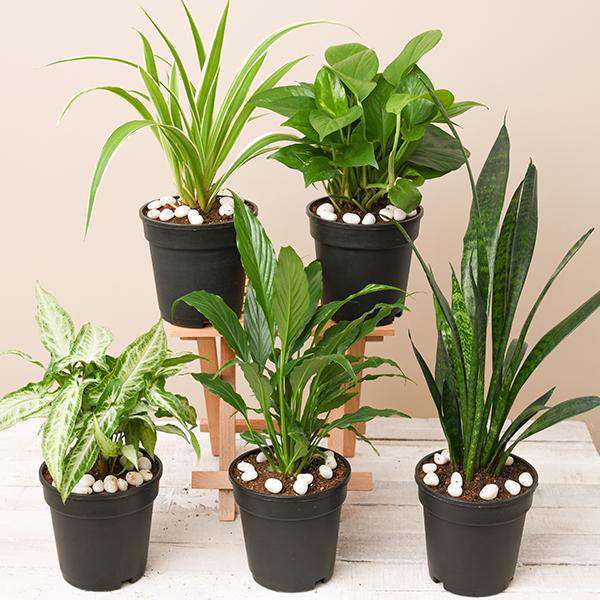Crocus Flower Bulbs Early Spring Bloomers
Crocus flowers are among the first to wake up after winter, painting gardens with vibrant purple, yellow, and white hues. Their cheerful blooms pop through the last bits of snow, making them the ultimate sign that spring is on the way.
Crocus Flower Bulbs Low-Maintenance Wonders
If you love flowers but hate fussy plants, crocuses are perfect. Once planted, they take care of themselves, requiring little to no attention. They return every year, effortlessly multiplying to give you more blooms without extra work.
Crocus Flower Bulbs Pollinator Magnets
These nectar-rich flowers are irresistible to early-emerging bees and butterflies. As one of the first floral food sources in spring, crocuses help support pollinators while keeping your garden buzzing with life.
Crocus Flower Bulbs Naturalizing Champions
Crocus bulbs love to multiply, spreading naturally to create stunning floral carpets. Once planted, they’ll keep expanding, filling your garden with bursts of color year after year without any extra effort.
Crocus Flower Bulbs Compact Garden Stars
Perfect for small spaces, crocuses fit beautifully in rock gardens, borders, and container plantings. Their compact size makes them ideal for gardeners looking to add bright splashes of color without taking up much room.
Crocus Flower Bulbs Drought-Tolerant Beauties
Unlike high-maintenance flowers that need constant watering, crocuses thrive in dry conditions. They store energy in their bulbs and handle drought like pros, making them a smart choice for water-wise gardens.
Crocus Flower Bulbs Cold-Weather Survivors
These hardy little blooms laugh in the face of freezing temperatures. They push through snow and frost to bloom early, proving that beauty can emerge even in the toughest conditions.
Crocus Flower Bulbs Saffron Producers
The famous spice saffron comes from the Crocus sativus variety. Each flower produces three bright red stigmas, which are carefully harvested to create one of the world’s most valuable spices, making crocuses as practical as they are pretty.
Crocus Flower Bulbs Multi-Season Bloomers
While spring crocuses steal the show, there are also autumn varieties that bloom later in the year. By planting both, you can enjoy crocus flowers in two different seasons, extending your garden’s charm.
Crocus Flower Bulbs Shade-Tolerant Charmers
While they prefer sun, crocuses also do well in dappled shade, making them a great option for under trees or along pathways. Their adaptability ensures they’ll brighten up nearly any spot in your yard.
Crocus Flower Bulbs Lawn-Enhancing Gems
Planting crocus bulbs directly in grassy areas creates a natural, wildflower-like effect. Their delicate blooms push through the lawn early in the season, bringing effortless charm to otherwise plain green spaces.
Crocus Flower Bulbs Deer and Rodent Resistant
Unlike tulips and lilies, crocuses aren’t on the menu for deer, rabbits, and rodents. Their bulbs contain compounds that deter nibbling pests, ensuring your floral display remains untouched.

